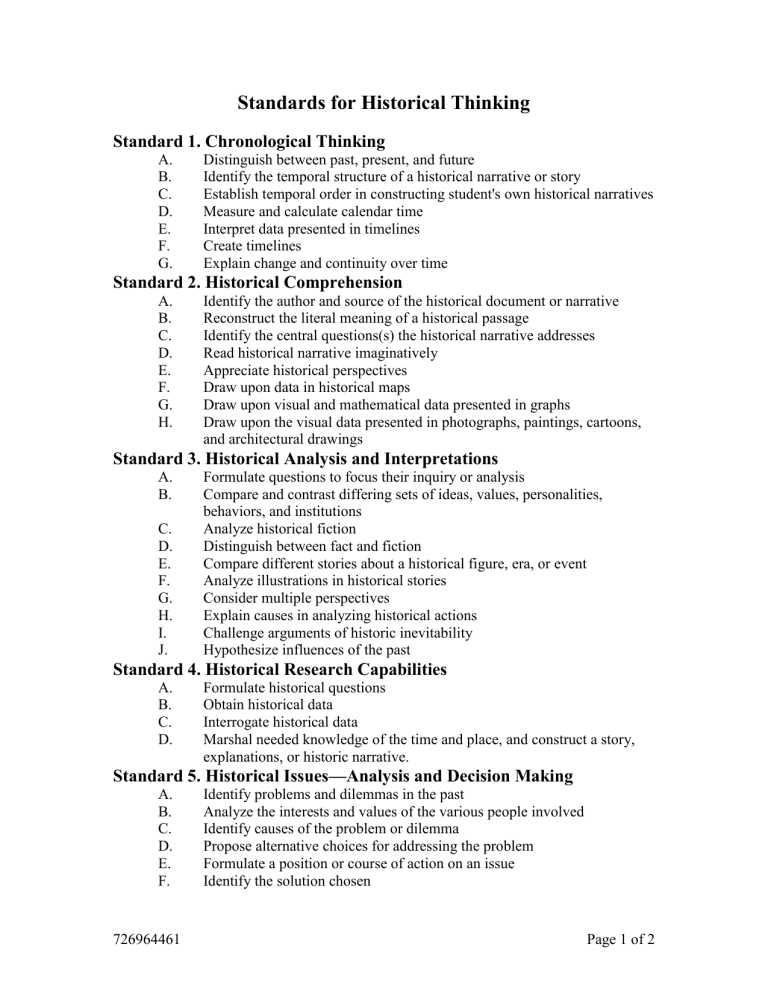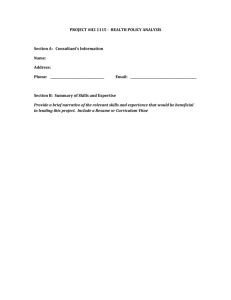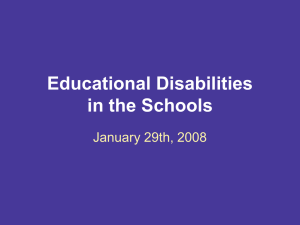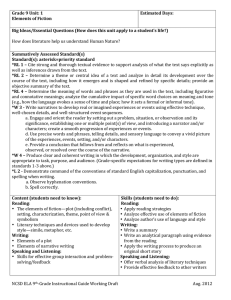Standards for Historical Thinking

Standards for Historical Thinking
Standard 1. Chronological Thinking
A. Distinguish between past, present, and future
B. Identify the temporal structure of a historical narrative or story
C. Establish temporal order in constructing student's own historical narratives
D. Measure and calculate calendar time
E. Interpret data presented in timelines
F. Create timelines
G. Explain change and continuity over time
Standard 2. Historical Comprehension
A. Identify the author and source of the historical document or narrative
B. Reconstruct the literal meaning of a historical passage
C. Identify the central questions(s) the historical narrative addresses
D. Read historical narrative imaginatively
E. Appreciate historical perspectives
F. Draw upon data in historical maps
G. Draw upon visual and mathematical data presented in graphs
H. Draw upon the visual data presented in photographs, paintings, cartoons, and architectural drawings
Standard 3. Historical Analysis and Interpretations
A. Formulate questions to focus their inquiry or analysis
B. Compare and contrast differing sets of ideas, values, personalities, behaviors, and institutions
C. Analyze historical fiction
D. Distinguish between fact and fiction
E. Compare different stories about a historical figure, era, or event
F. Analyze illustrations in historical stories
G. Consider multiple perspectives
H. Explain causes in analyzing historical actions
I. Challenge arguments of historic inevitability
J. Hypothesize influences of the past
Standard 4. Historical Research Capabilities
A. Formulate historical questions
B. Obtain historical data
C. Interrogate historical data
D. Marshal needed knowledge of the time and place, and construct a story, explanations, or historic narrative.
Standard 5. Historical Issues—Analysis and Decision Making
A. Identify problems and dilemmas in the past
B. Analyze the interests and values of the various people involved
C. Identify causes of the problem or dilemma
D. Propose alternative choices for addressing the problem
E. Formulate a position or course of action on an issue
F. Identify the solution chosen
726964461 Page 1 of 2
G. Evaluate the consequences of a decision
Source: The National Center for History in the Schools at the University of California,
Los Angeles, under the guidance of the National Council for History Standards, proposed a set of national history standards in 1996. The standards were developed with funding from the National Endowment for the Humanities and the U.S. Department of Education.
You can find the entire proposed standards at the National Center for History for Schools at http://www.sscnet.ucla.edu/nchs/standards/thinkingk-4.html
. The above excerpt from
Chapter 2: Historical Thinking was selected because it is oriented toward Procedural
Knowledge.
726964461 Page 2 of 2











